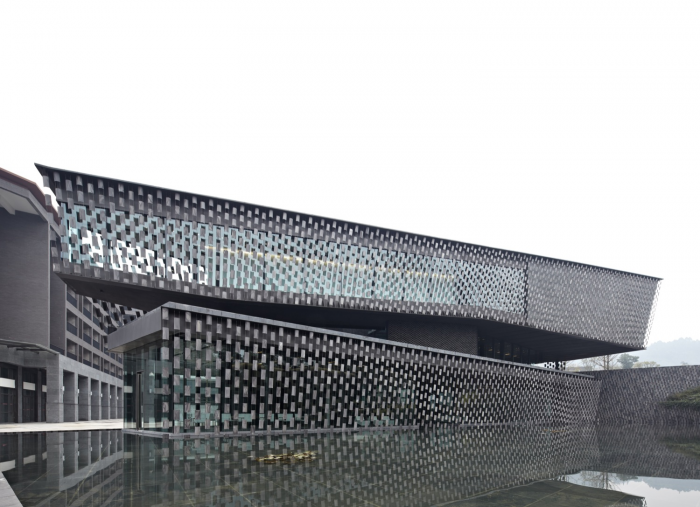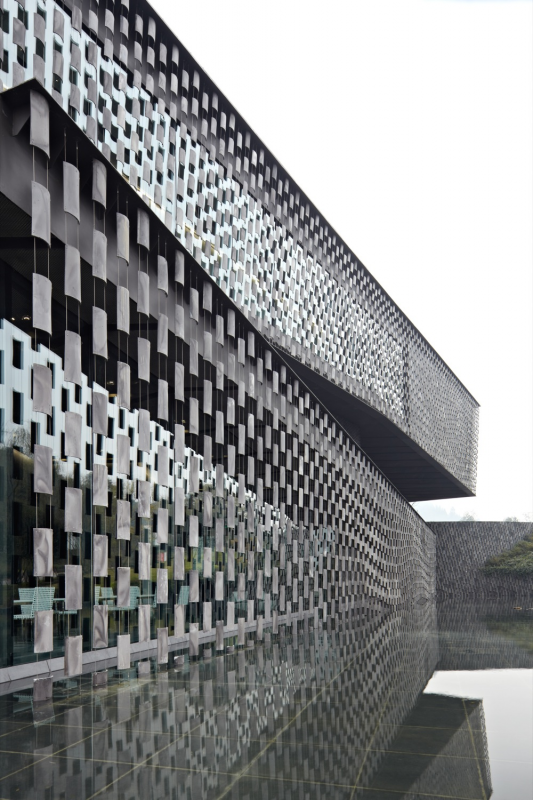Xinjin Zhi Museum Kengo Kuma & Associates
At the the gateway to the holy place of Taoism, the devotion to ‘the way’, lies the Xinjin Zhi Museum designed by Kengo Kuma and Associates. Tao, in its fluidic inconformity is an ideal without corporal form. Yet there is an essence to it. What this is, one cannot nail down- and still we all inherently know it. It is the energy of the tides and the sway of wild flowers with the breeze. The sound of a footfall coupled with the pyroclastic blast. Can a building embody this spirit? If so, How? There is, I think, no general answer- only specific, situational responses that might fit or might not- depending on how they are viewed.
A facade of hung tiles is freed from its weight by way of wires. They are made from local materials in a traditional manner. It is in their instillation that the balance of Tao is perceived. What might be solid and grounded is instead free and flowing, paying homage to the nature that surrounds it, being neither one nor the other but containing pieces of both.
This duality or multiplicity extends to the inside spaces. These spiral upwards from darkness to light, ultimately reaching a zenith from which one has a commanding view of the lands below. The particle-like facade protects the interiors from the glare of the world, filtering light to a gentle, etherial glow.
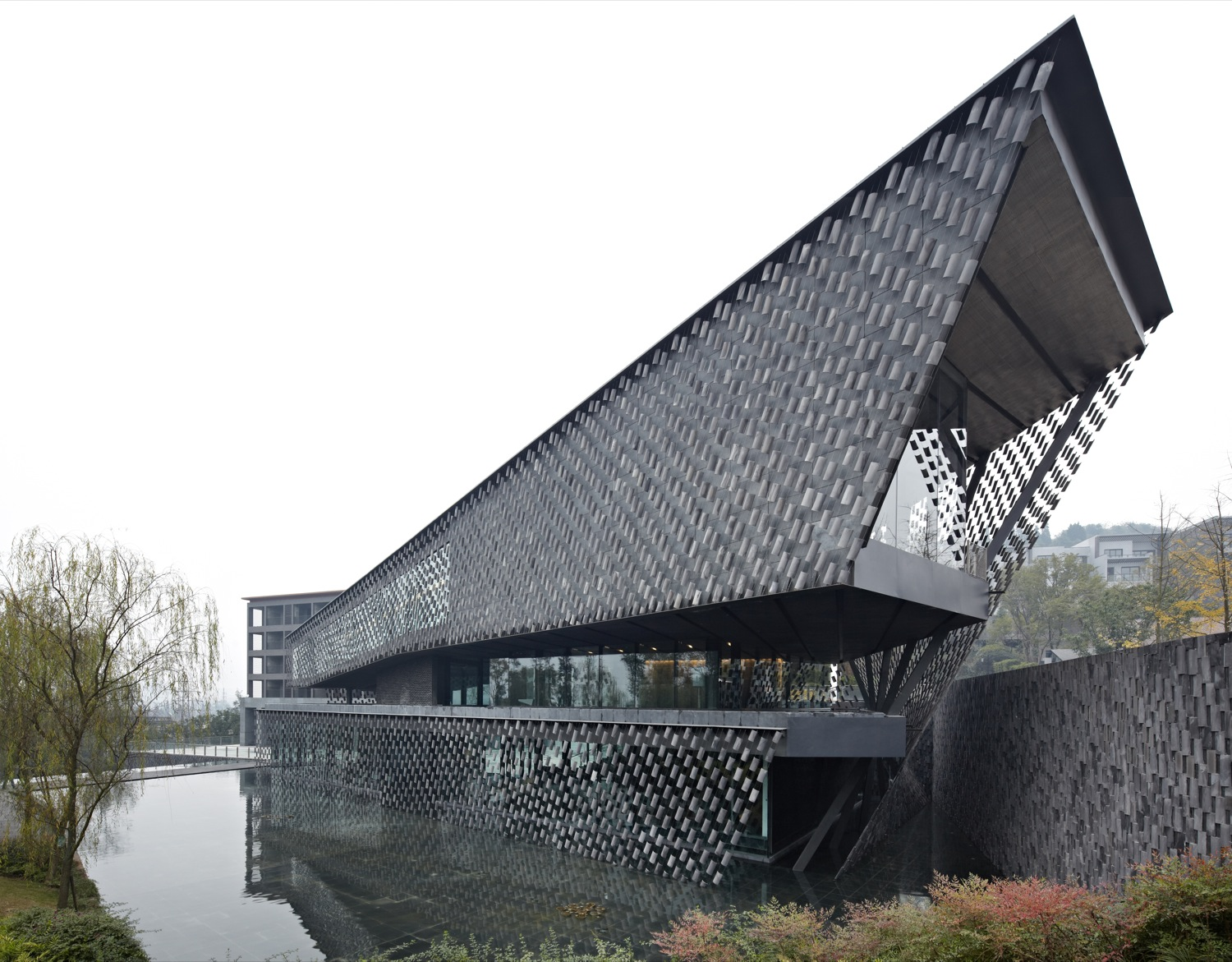
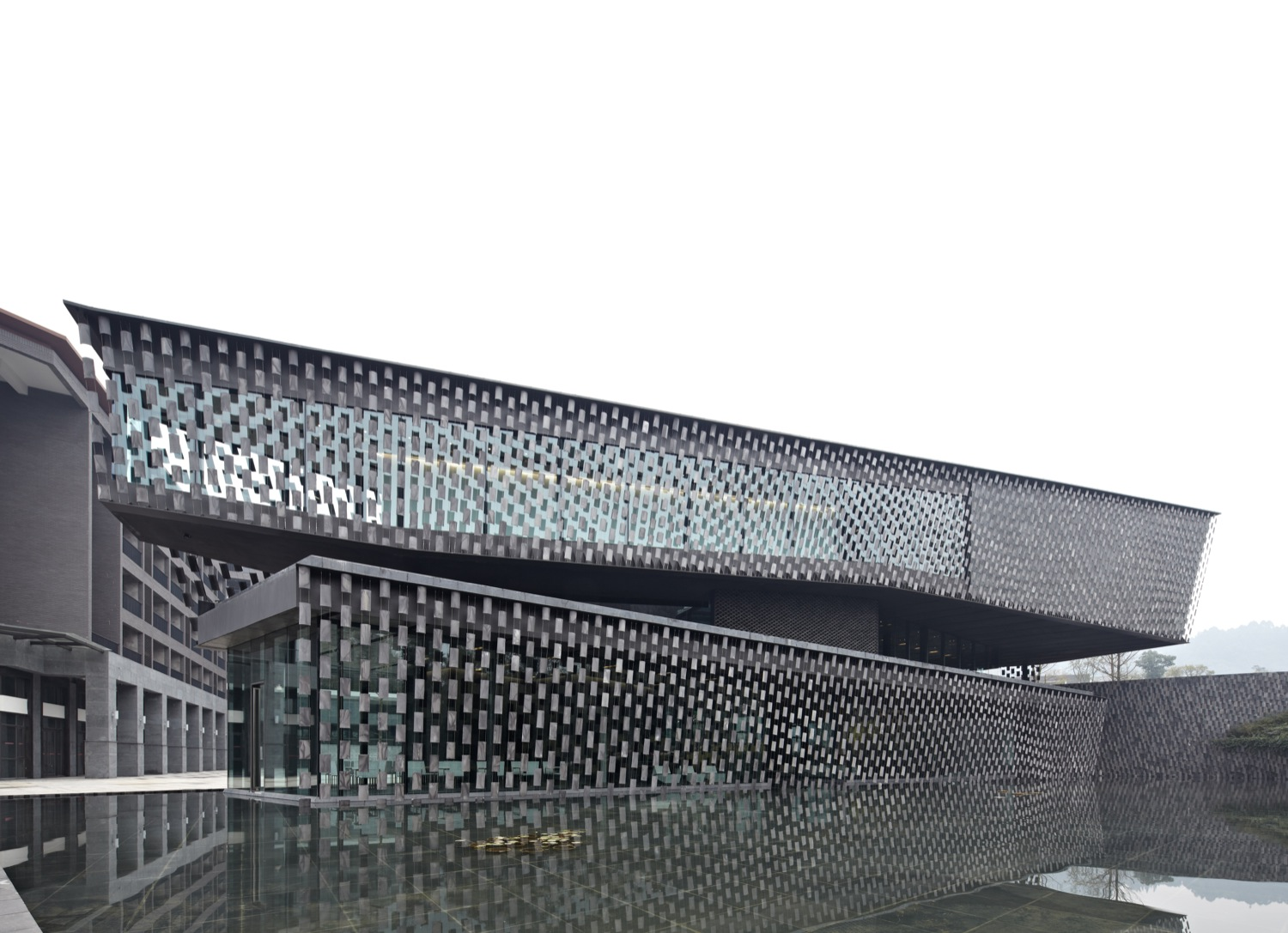
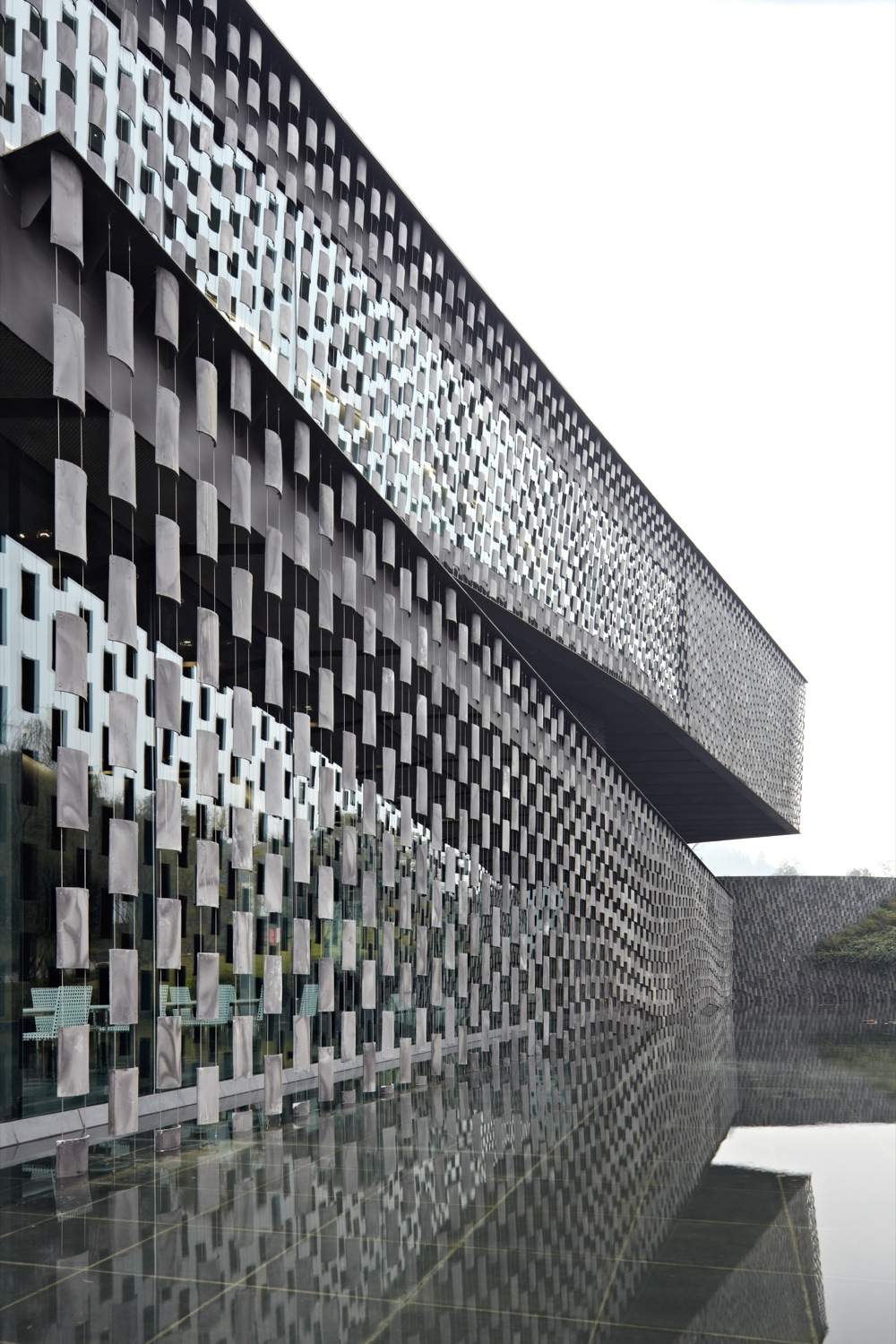
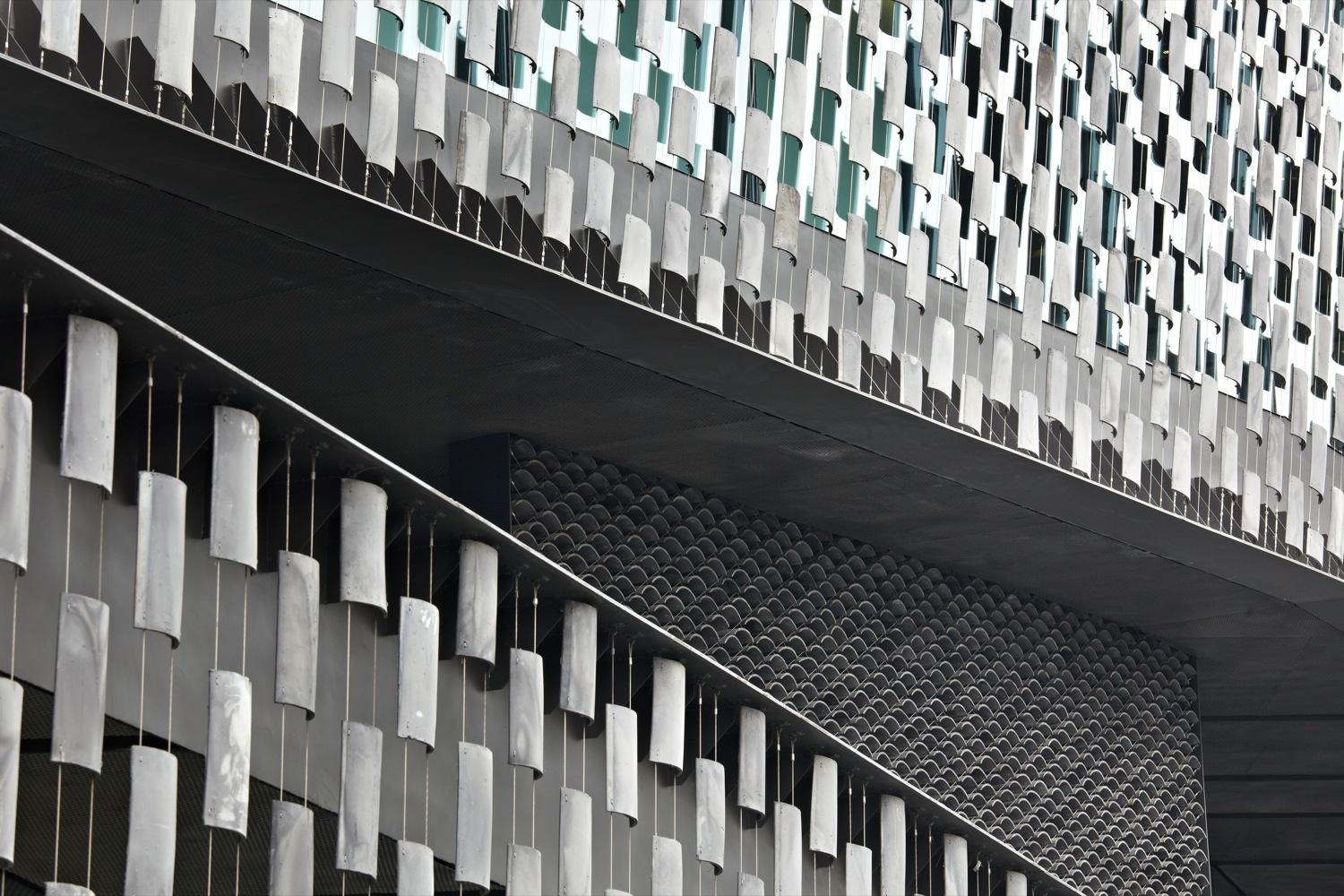
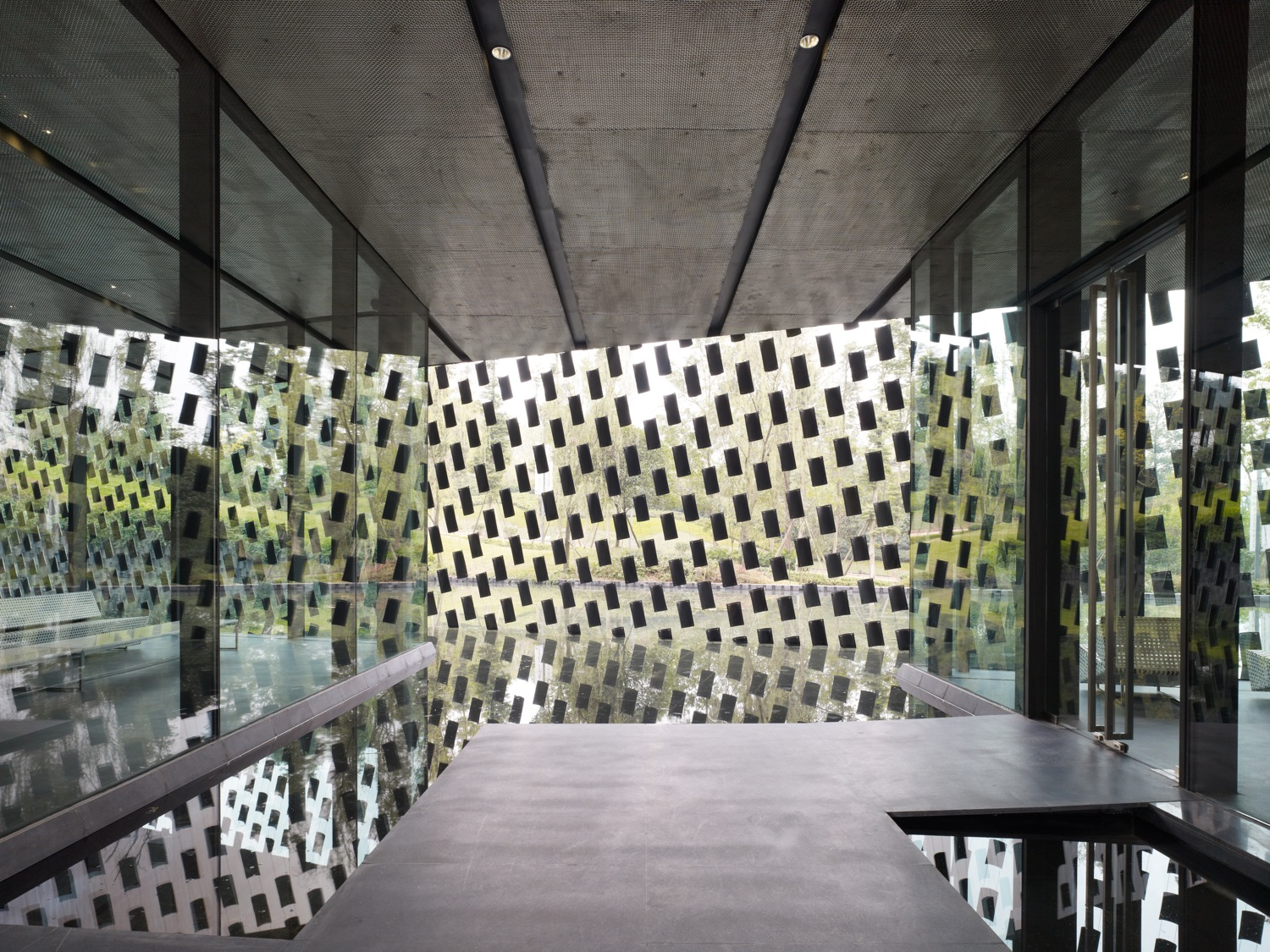
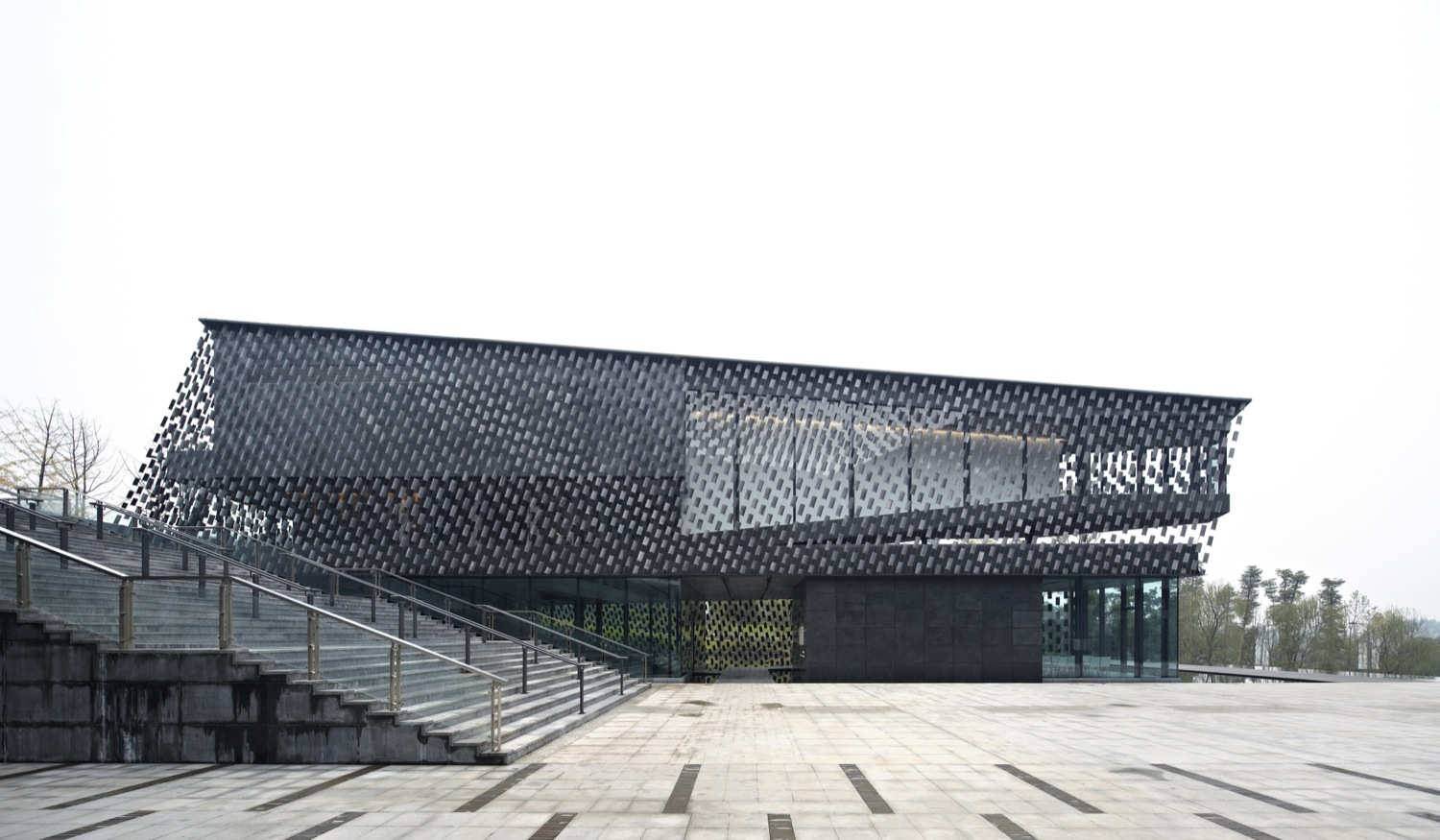
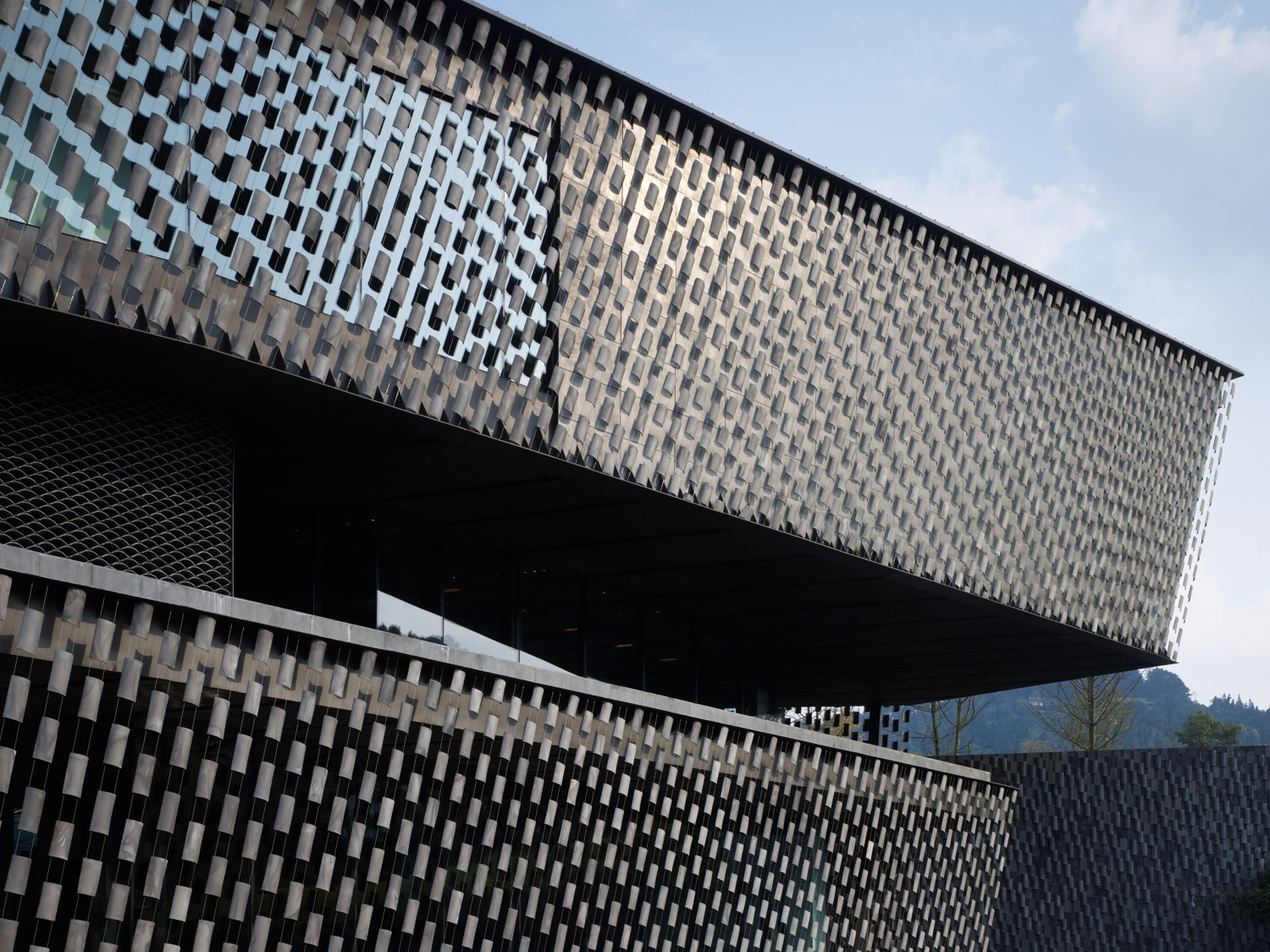
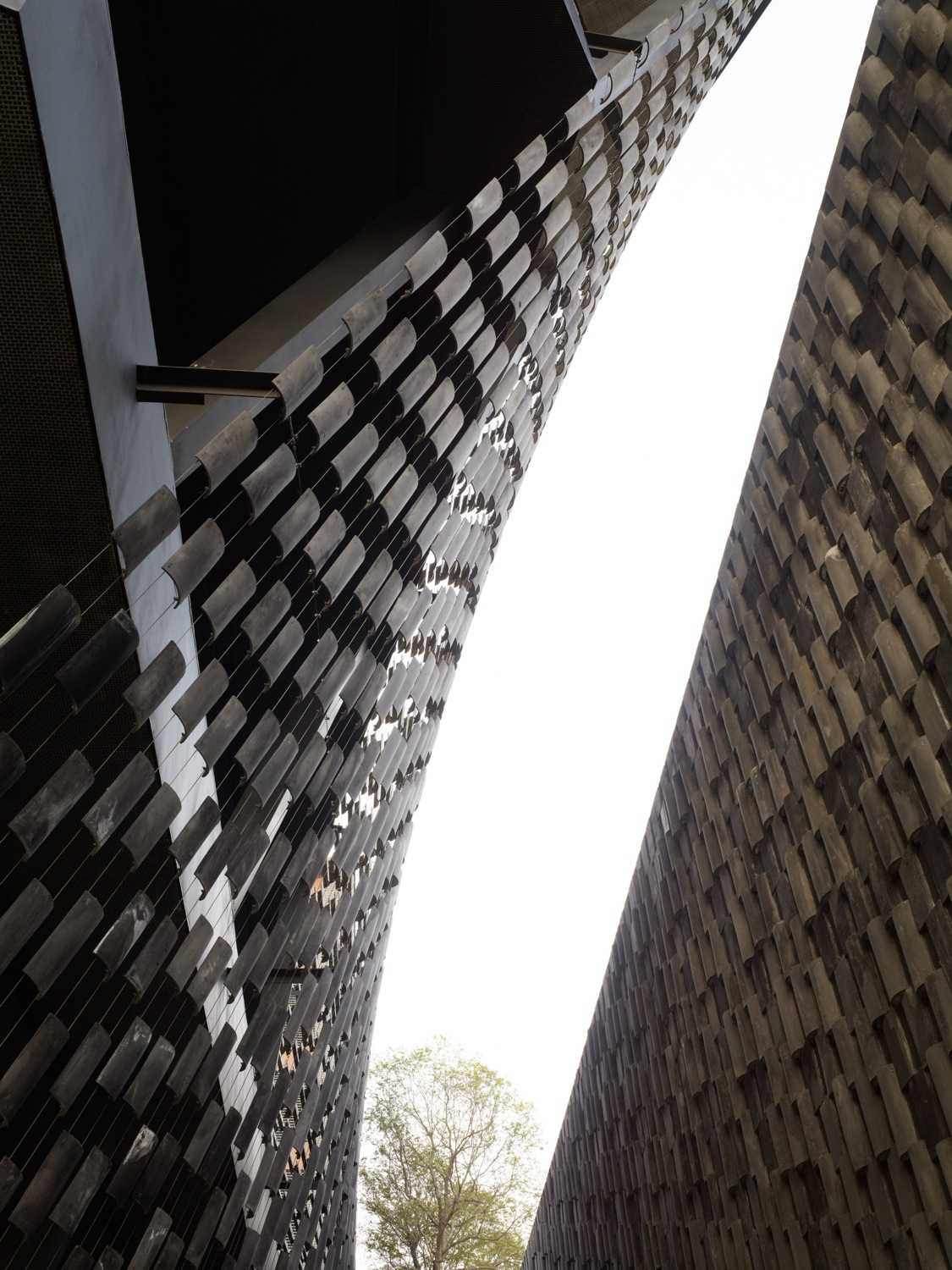
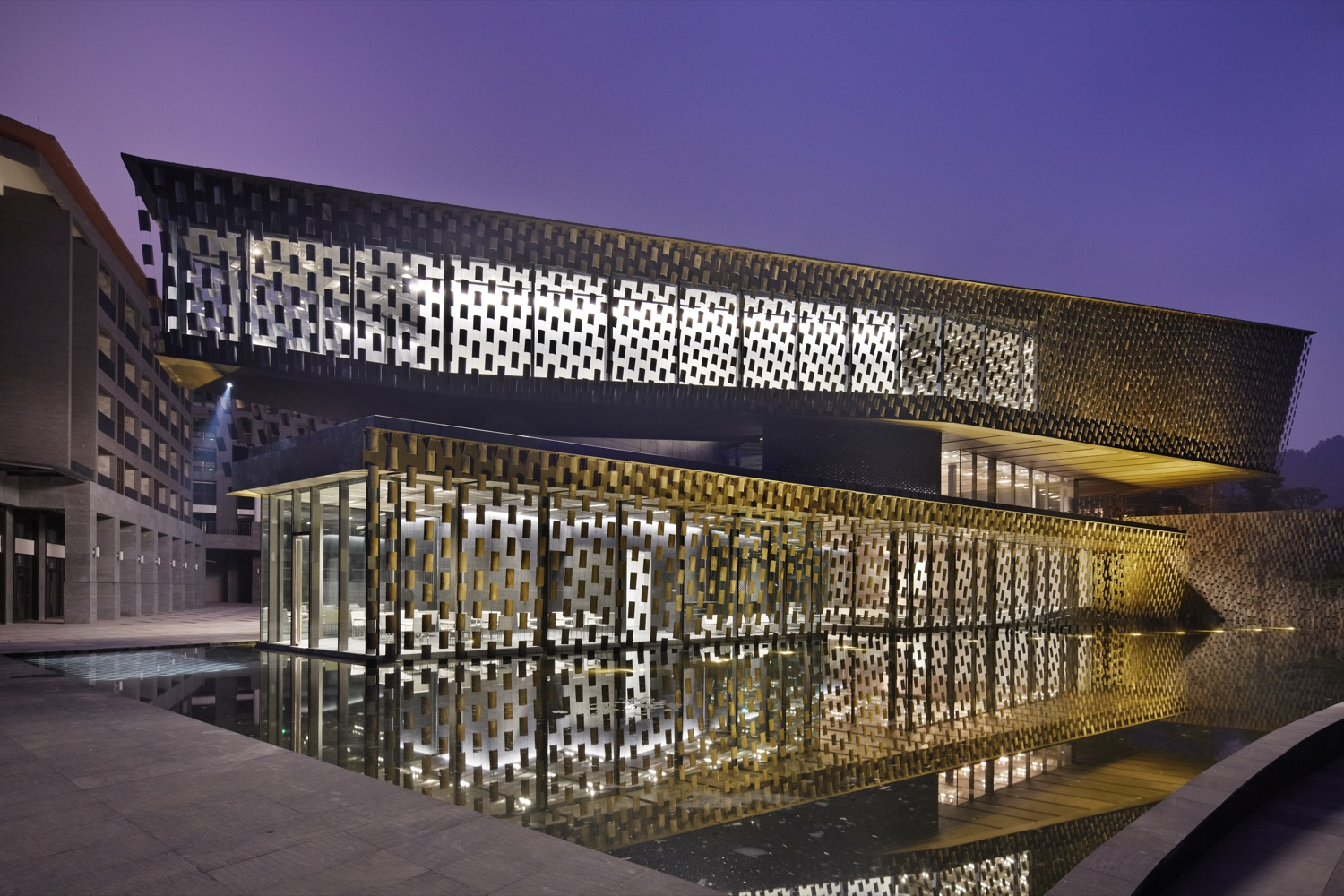
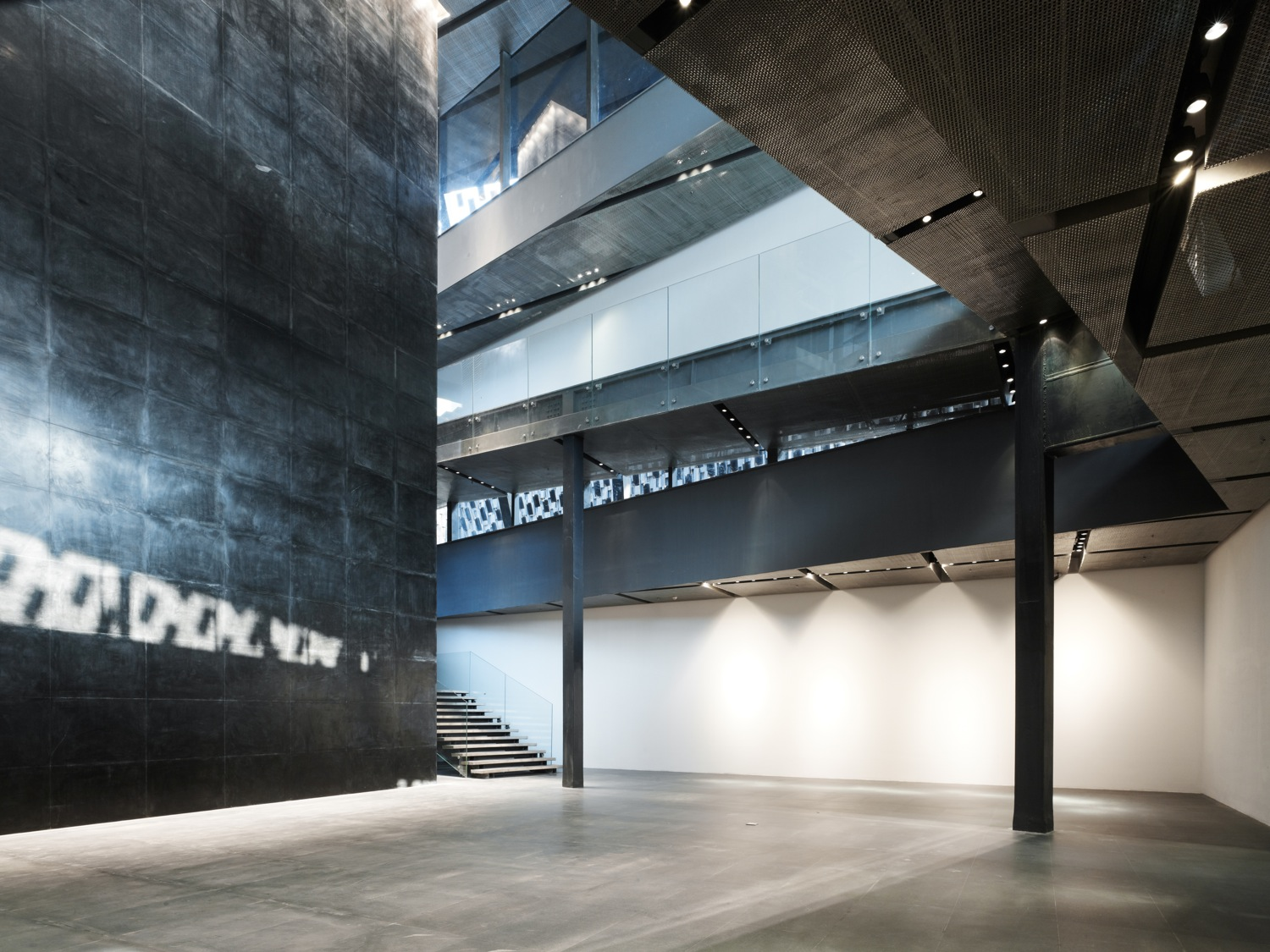
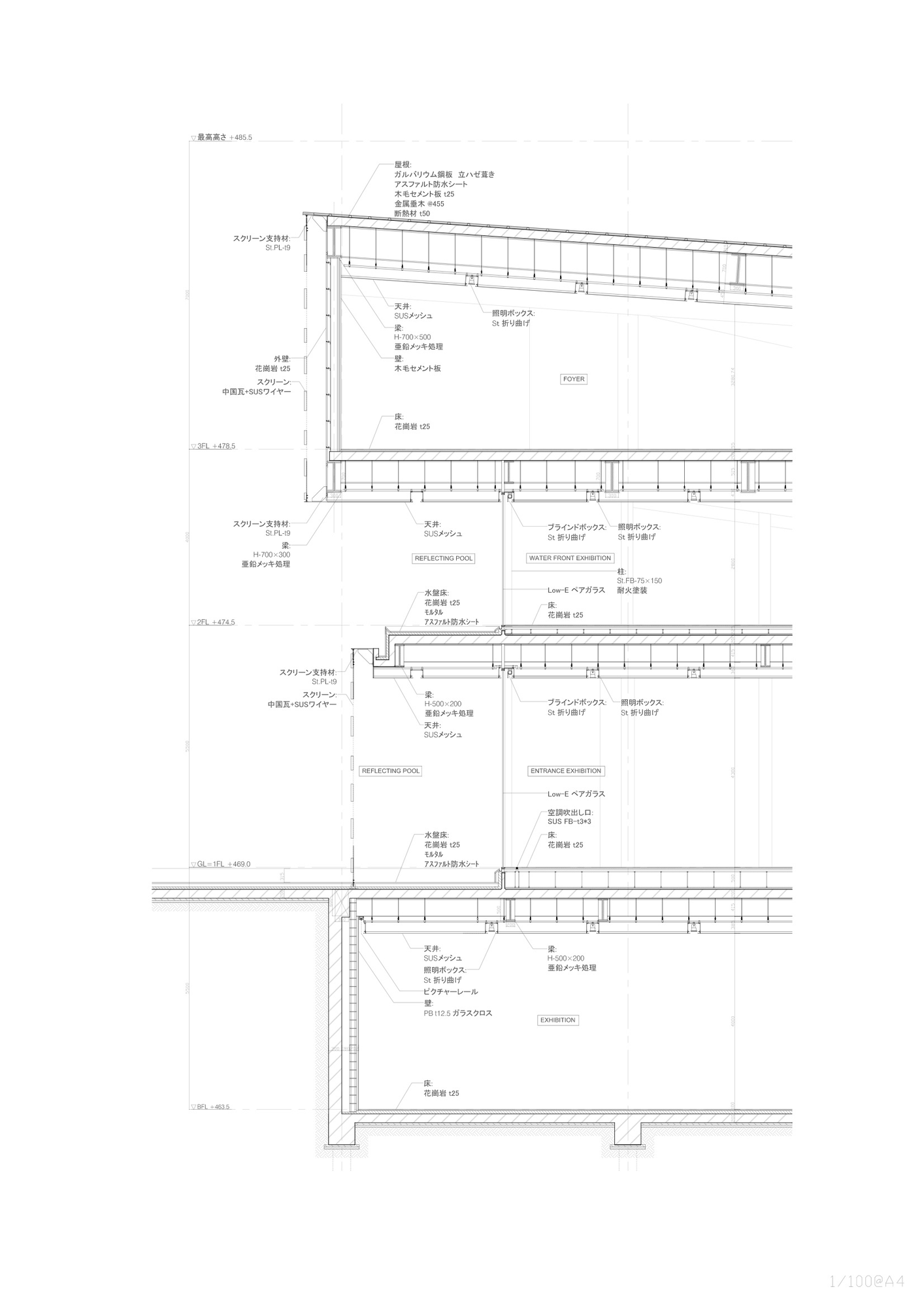
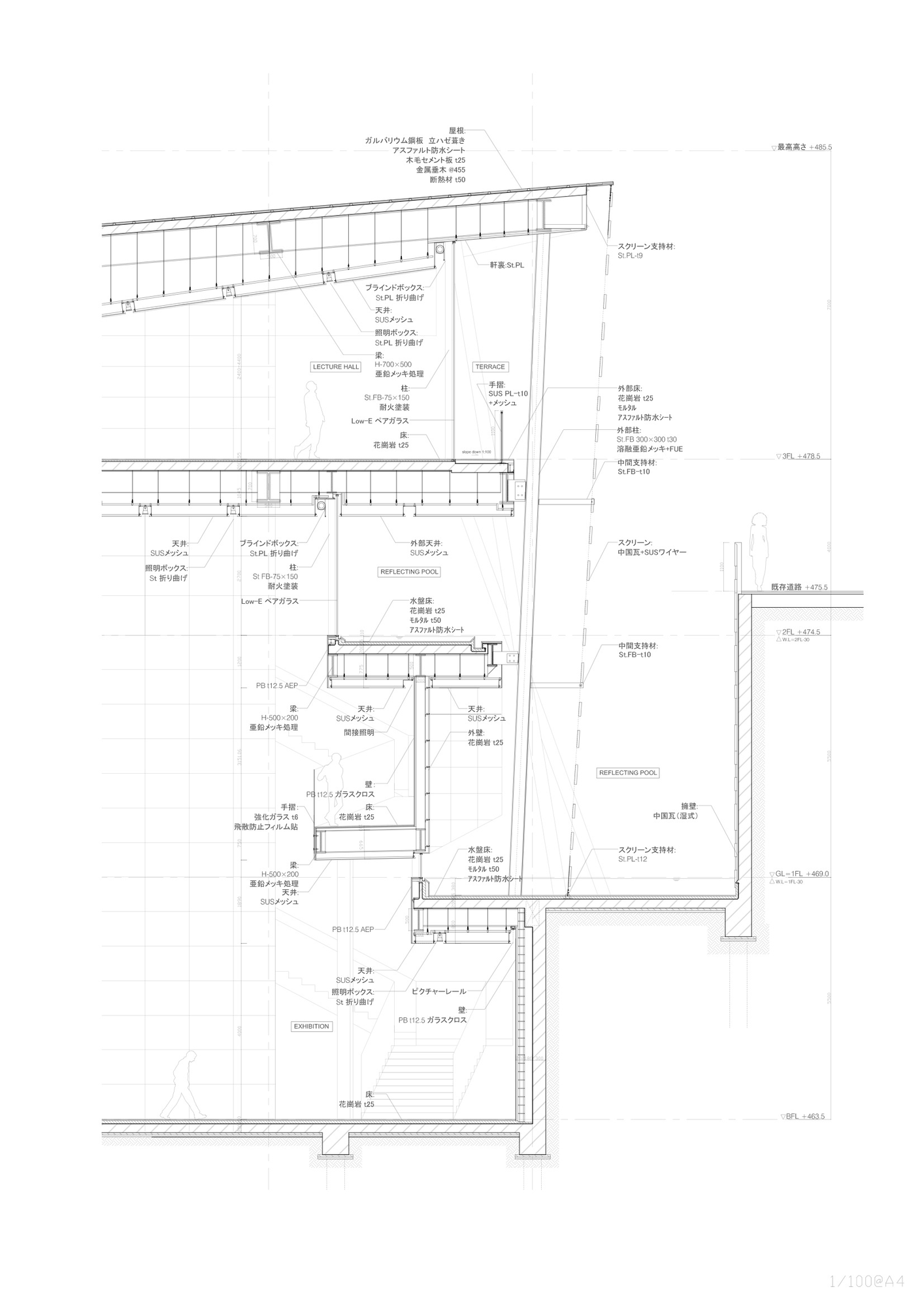
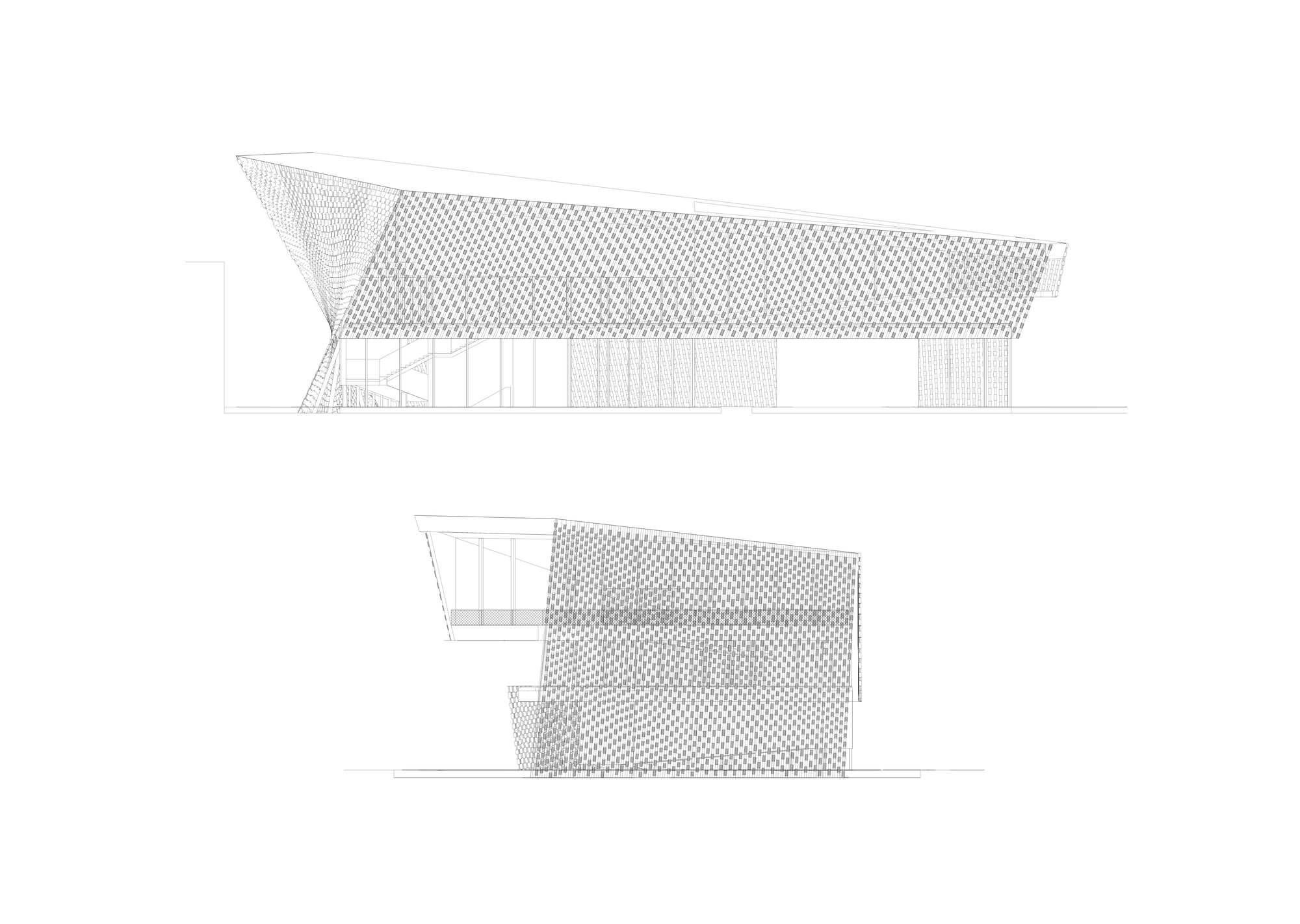
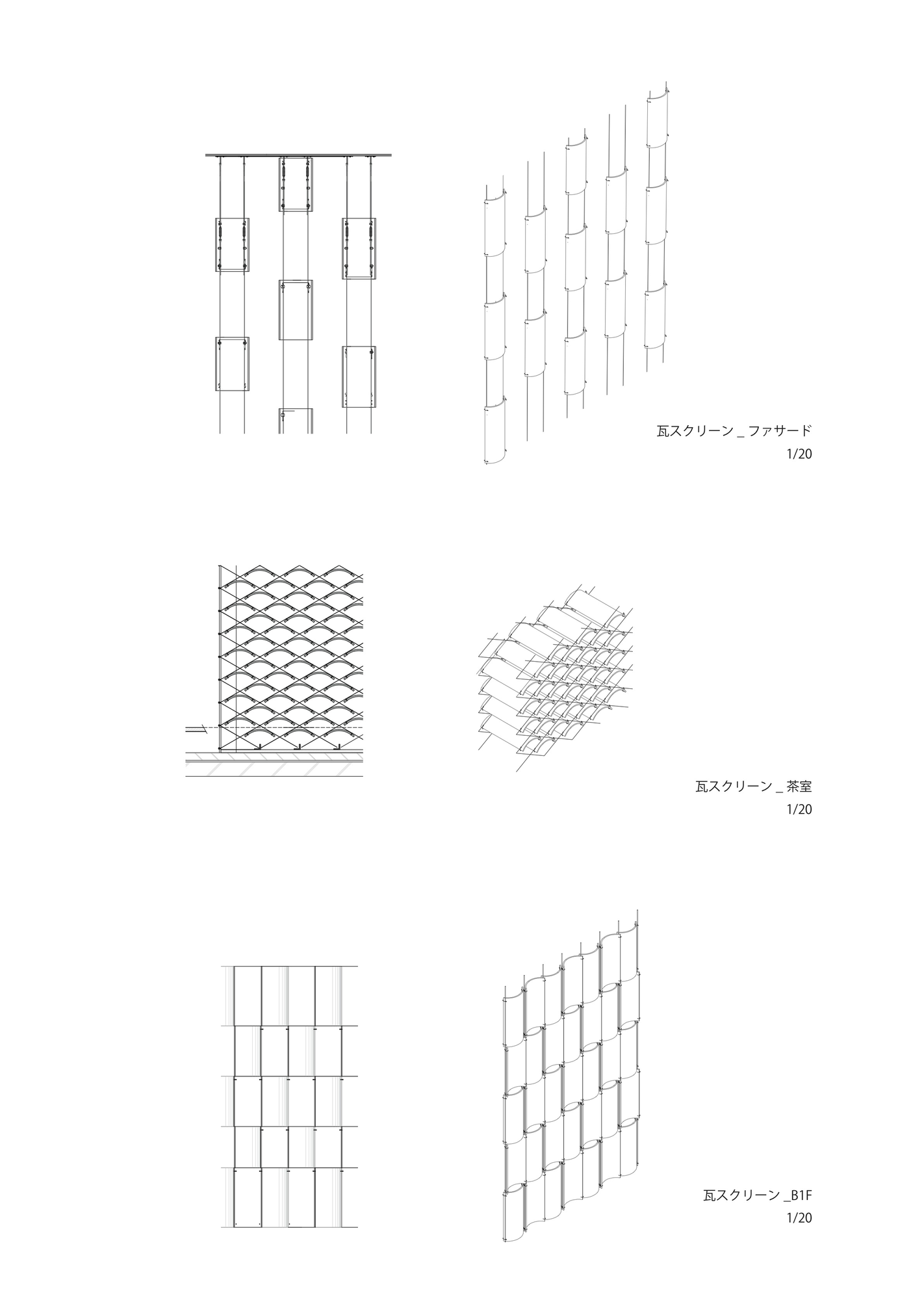
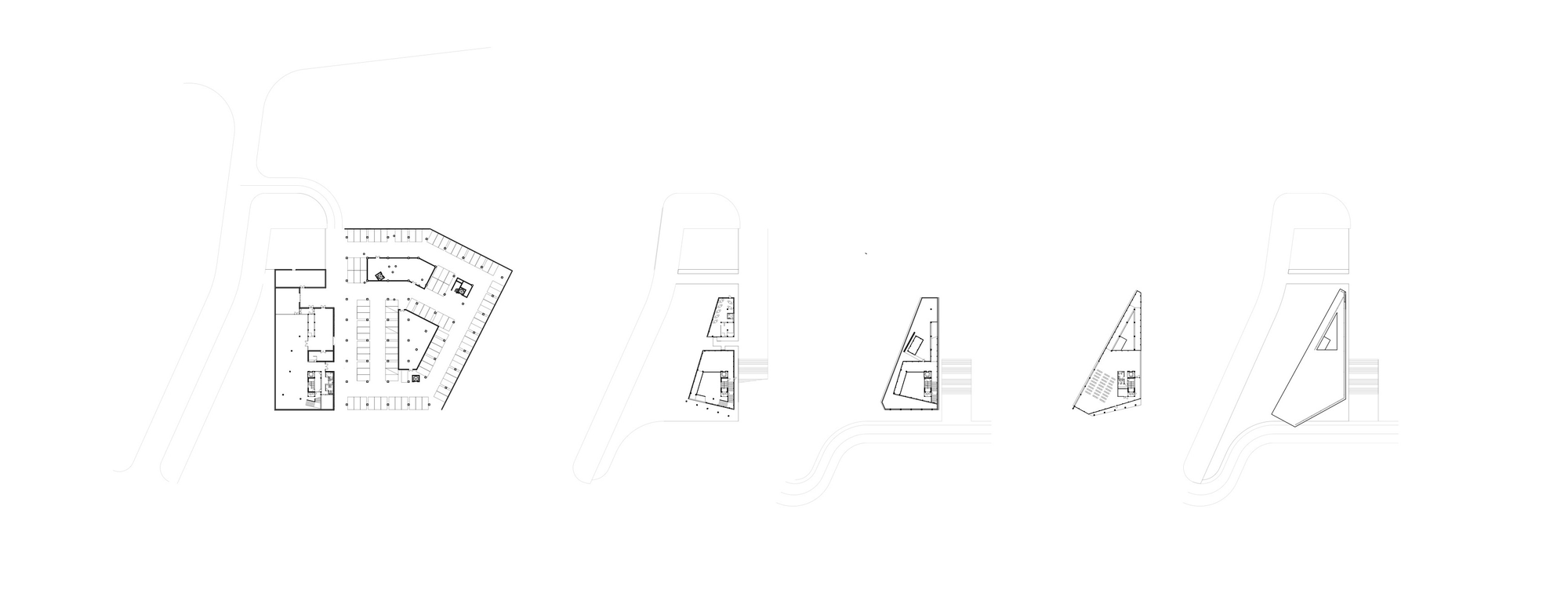
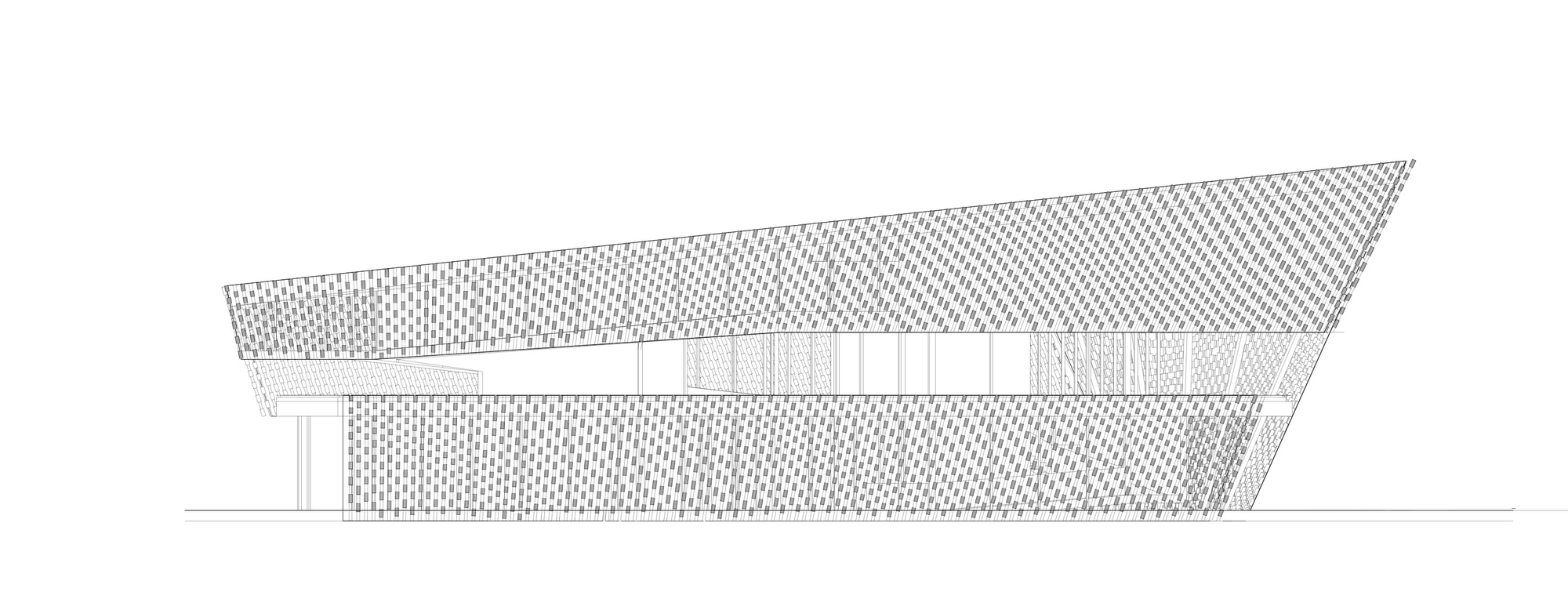

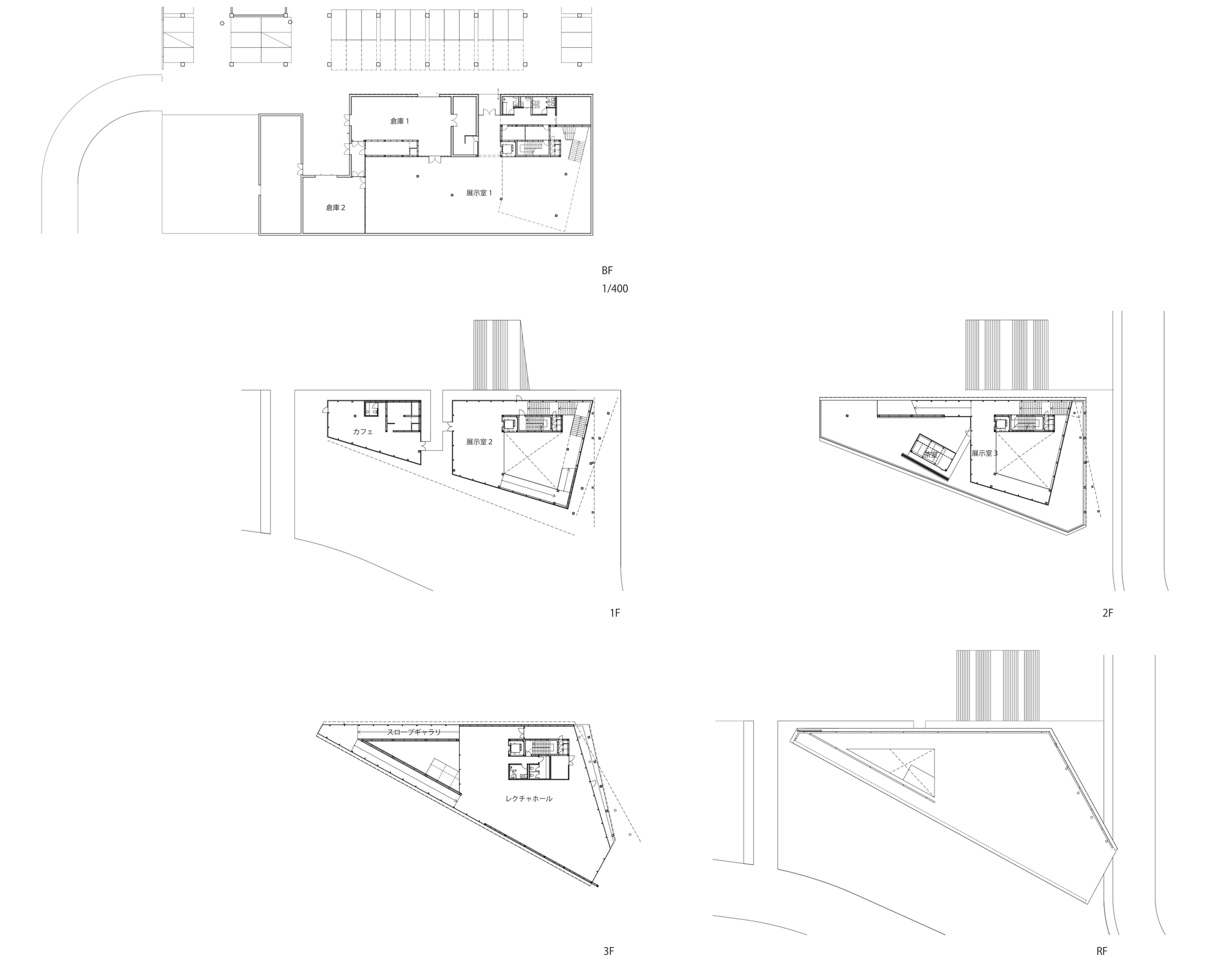
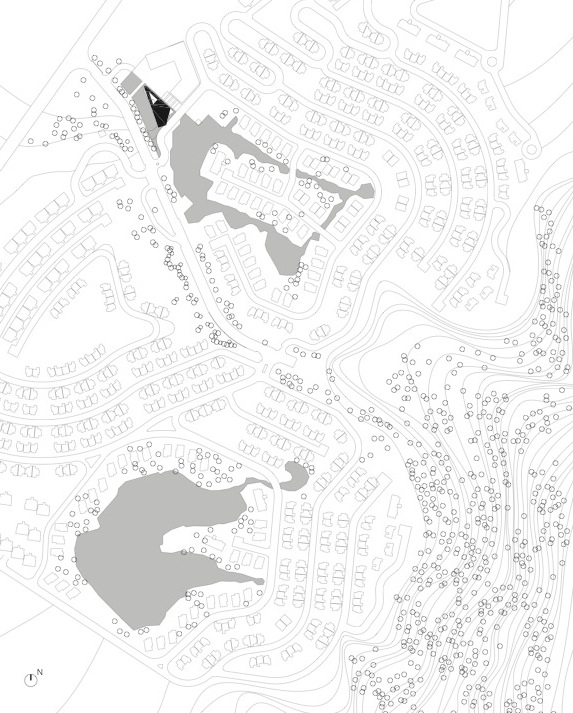
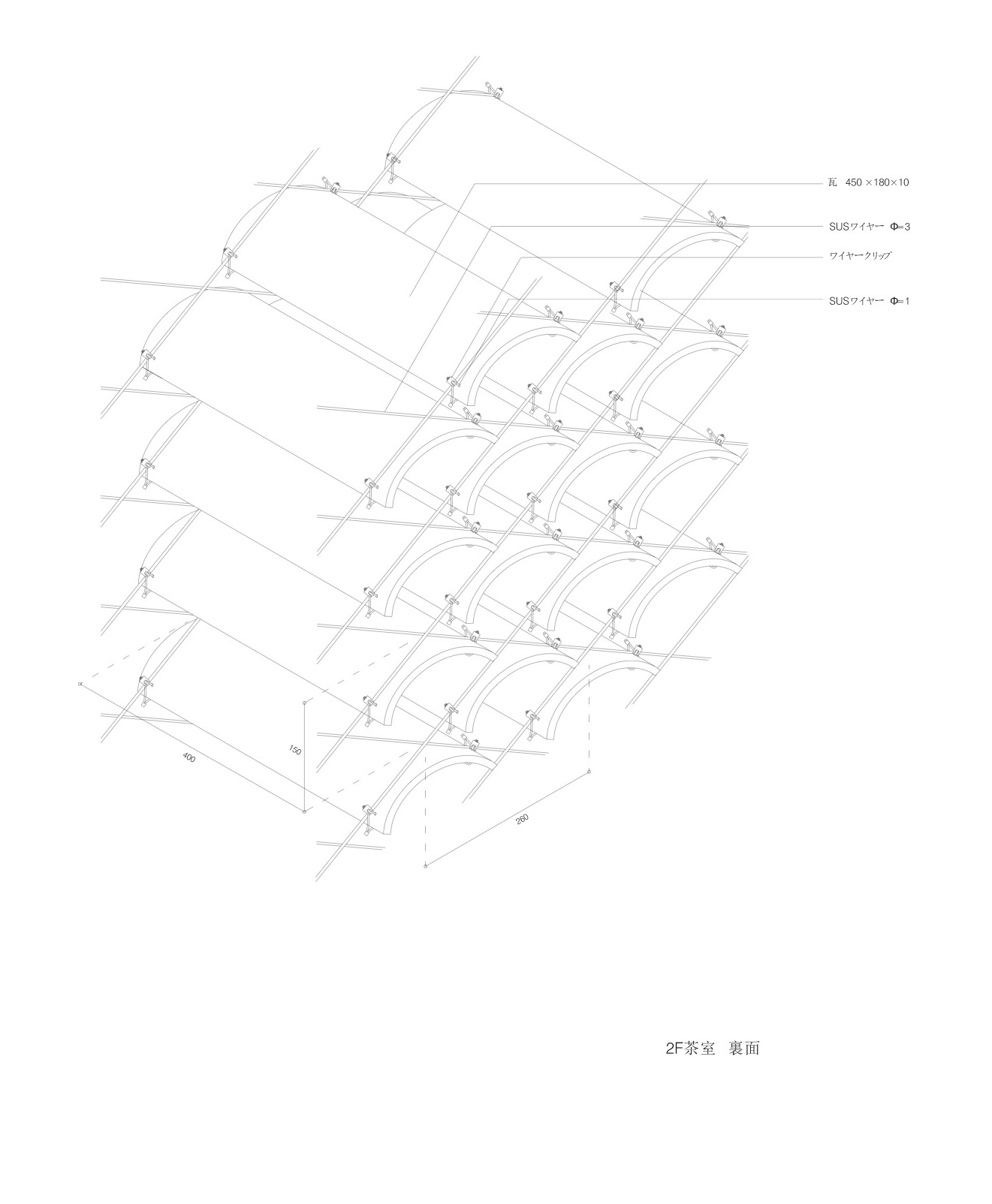
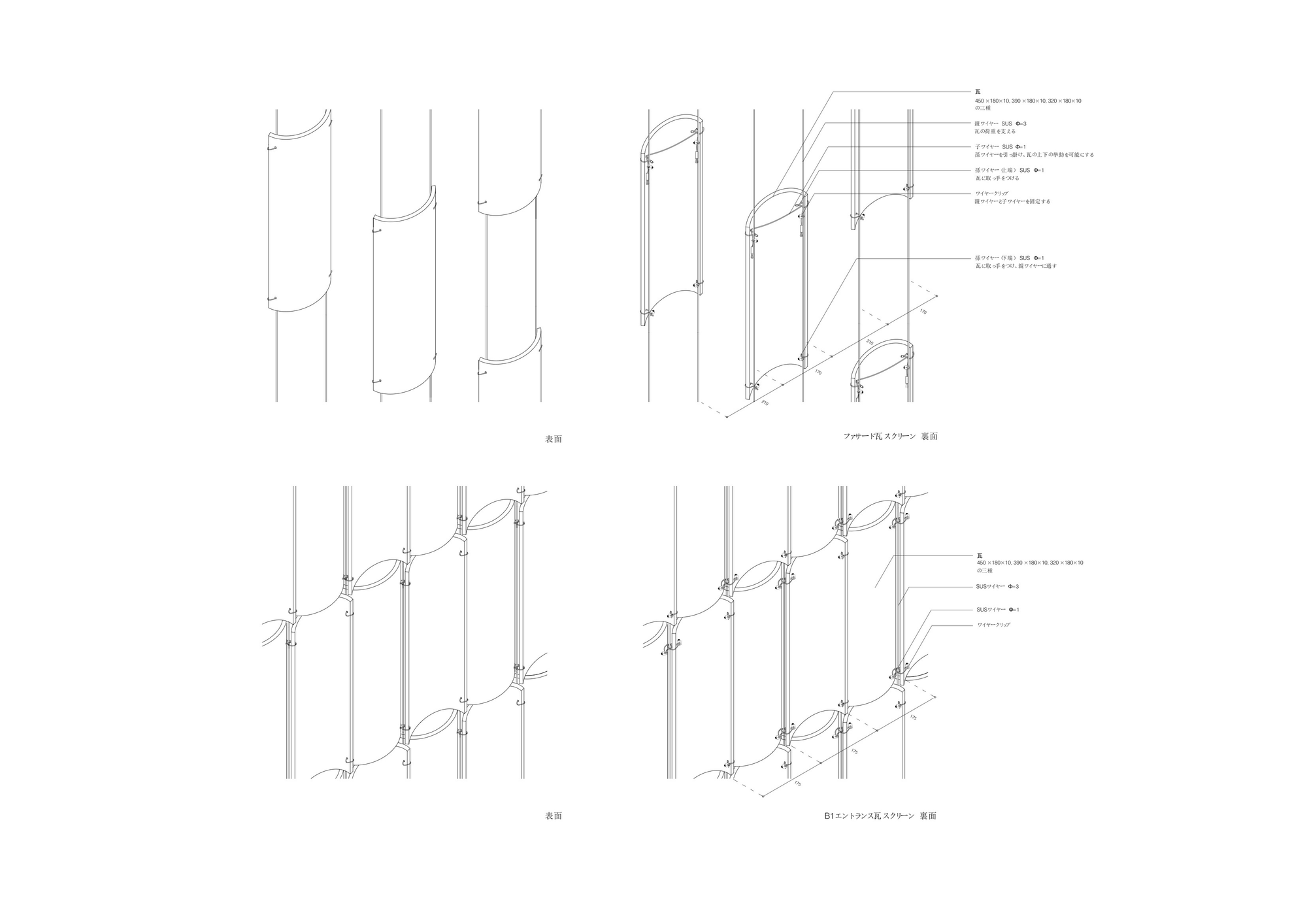
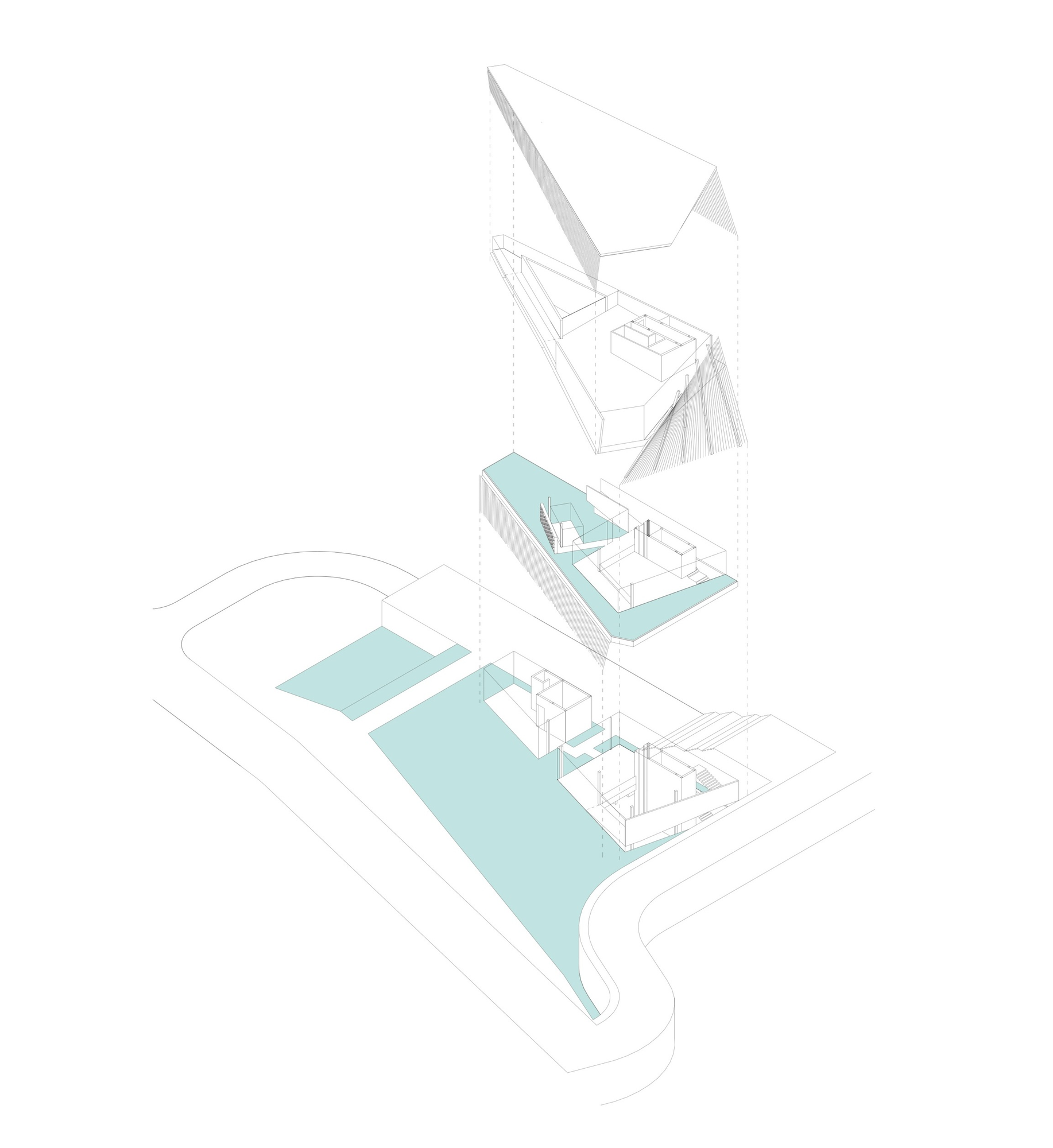
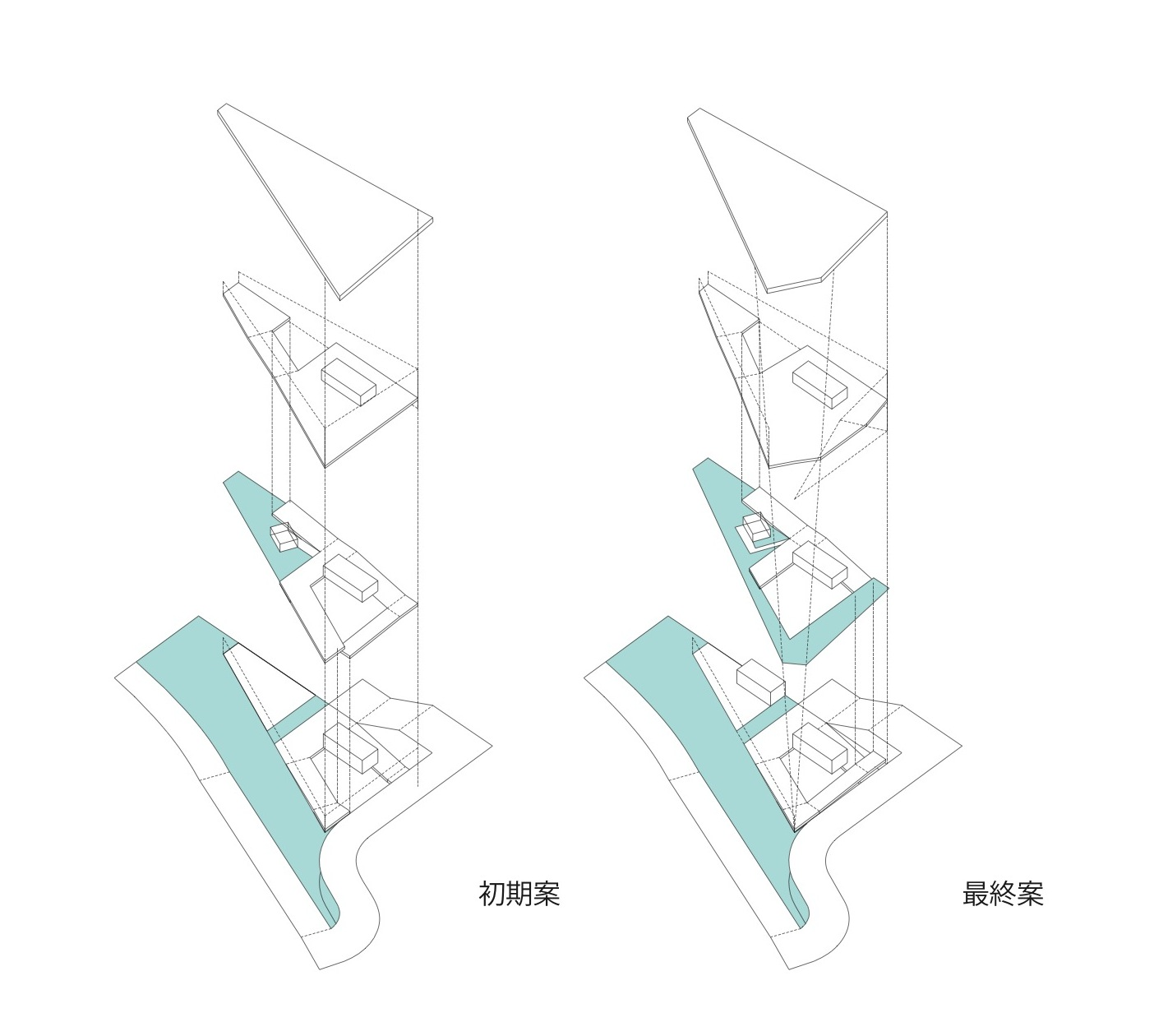
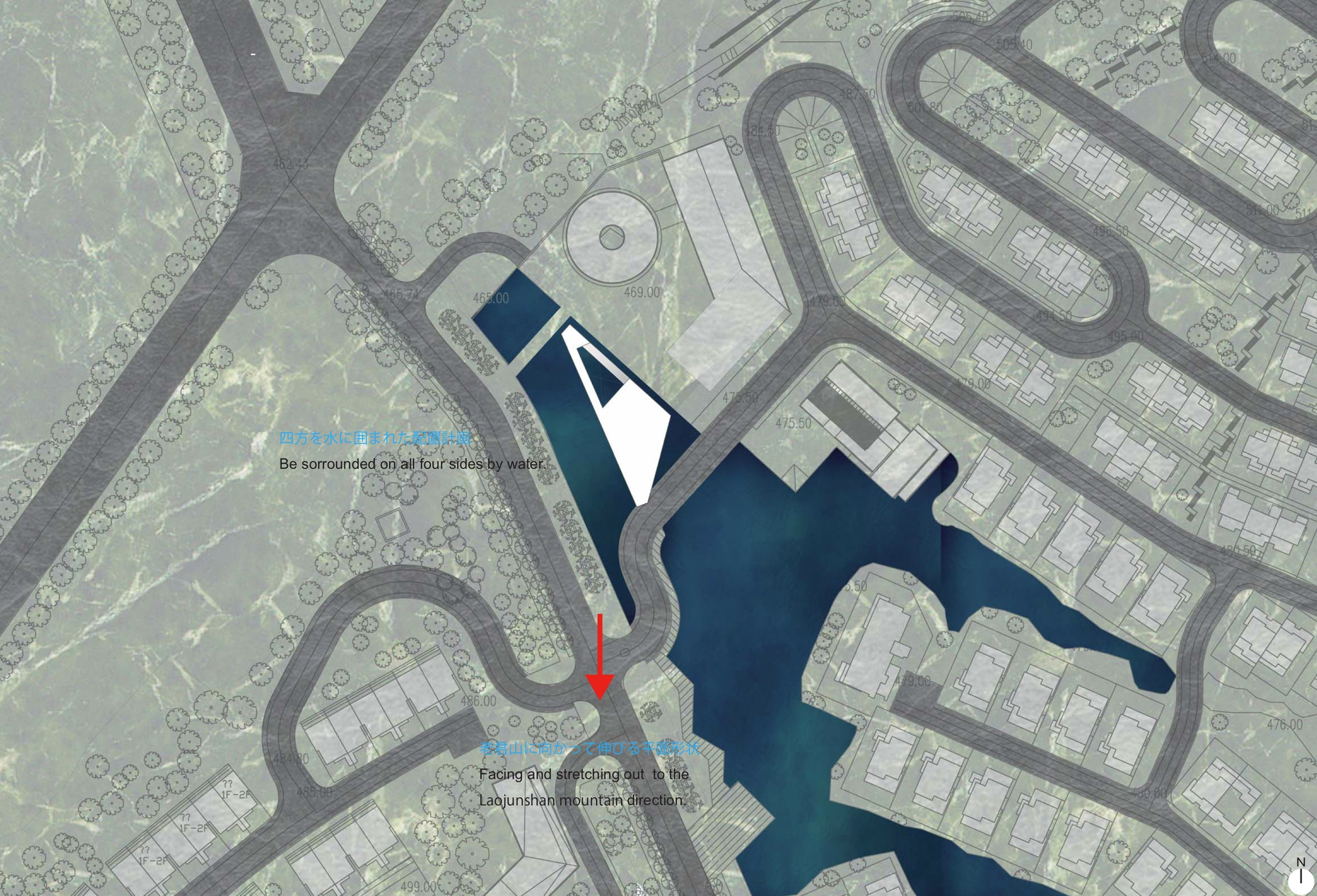
Courtesy of Kengo Kuma & Associates


